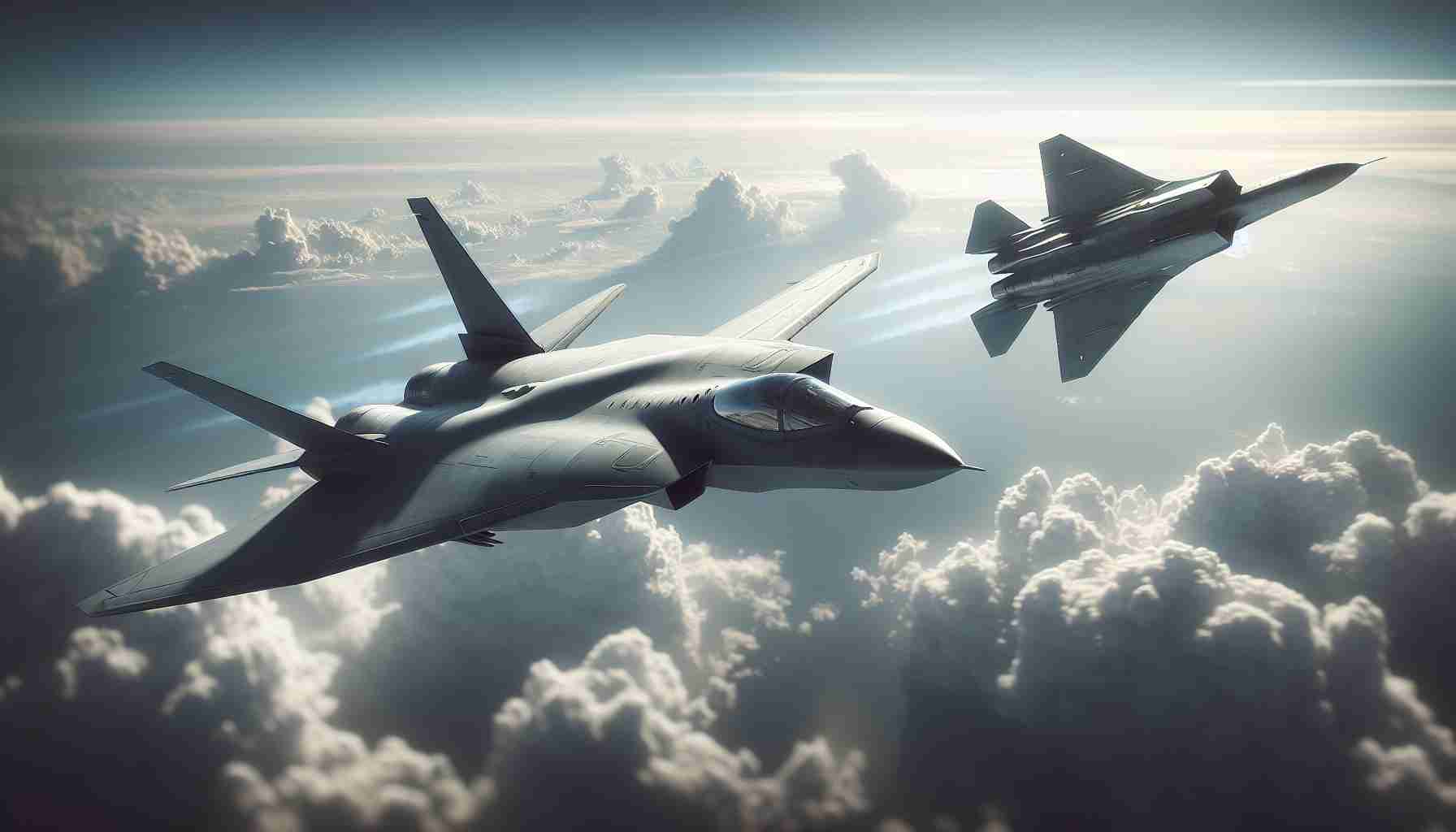In the ever-evolving landscape of aerial warfare, the Saab Gripen and the F-35 Lightning II have emerged as contenders with unique capabilities and strategies. Both aircraft are celebrated for their advanced technology, but their design philosophies and operational roles differ significantly.
The Saab Gripen, developed by Sweden, is lauded for its cost-effectiveness and flexibility. Engineered for reliability and ease of maintenance, the Gripen boasts impressive agility, making it a formidable adversary in close-range dogfights. Its ability to operate from short and rugged runways adds a strategic advantage, particularly for countries with limited infrastructure support.
In contrast, the F-35 Lightning II, a fifth-generation multirole fighter, offers cutting-edge stealth technology, superior sensor fusion, and advanced avionics. Developed by Lockheed Martin, the F-35 is designed to dominate its adversaries through information superiority and stealth. Its advanced systems allow for a significant edge in beyond-visual-range engagements, making it a centerpiece of modern aerial combat doctrines.
The debate between these two aerial combatants often centers on the trade-offs between flexibility versus technology and cost versus capability. While the Gripen provides an adaptable and affordable solution, the F-35 epitomizes the frontier of stealth and multirole capability. As nations assess their defense strategies in uncertain times, the choice between the Gripen and the F-35 will reflect broader geopolitical and operational priorities.
The Silent War: Saab Gripen vs. F-35 Lightning II
In today’s high-stakes world of aerial dominance, the battle between the Saab Gripen and the F-35 Lightning II continues to engage military analysts and defense enthusiasts. What often goes unmentioned is the intriguing backstory behind these aircrafts and the controversies surrounding them.
The Saab Gripen, known for its versatility and affordability, also stands out for its environmental footprint. Unlike many of its counterparts, the Gripen’s design takes environmental considerations into account, with efficient fuel consumption and lower emissions. This aspect can offer a strategic advantage for nations committed to reducing their carbon footprint.
On the other hand, the F-35 Lightning II has faced scrutiny over its development costs and delays. Originally expected to be a cost-effective solution, the program has seen significant budget overruns, sparking debates about fiscal responsibility in defense spending.
How do these aircraft compare in terms of export success? While the Gripen has found a niche market among countries with limited defense budgets, the F-35, backed by aggressive international marketing, has secured deals with numerous allies. The F-35’s stealth capabilities and comprehensive network integration appeal to nations seeking an edge in modern warfare.
Which aircraft offers superior interoperability? The F-35’s ability to seamlessly integrate with allied forces’ networks provides unmatched interoperability. However, the Gripen’s simplicity in technology sharing allows for easier collaboration across different platforms.
Ultimately, choosing between these aerial giants involves a complex web of considerations beyond mere performance metrics. Strategic priorities, budget constraints, and geopolitical alignments all play a crucial role.
For further reading on defense technologies, visit Lockheed Martin and SaaB Group.



















